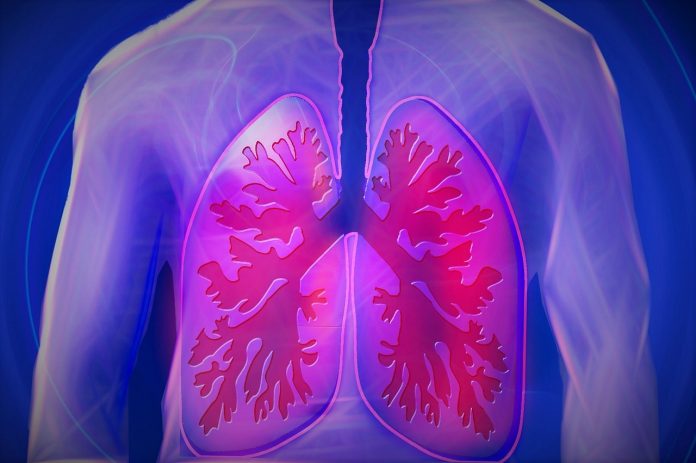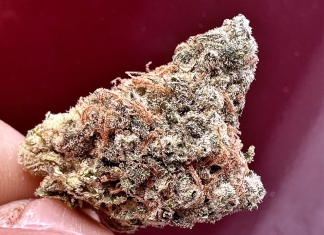Researchers suggest the therapeutic effects of cannabinoids on pulmonary disease, such as Hypertension, are due to an unindentified cannabinoid receptor. Abstract posted below.
If you have any questions, please don’t hesistate to ask.
Regards,
Jahan
Identification of the vasodilatory endothelial cannabinoid receptor in the human pulmonary artery.Kozłowska H, Baranowska M, Schlicker E, Kozłowski M, Laudański J, Malinowska B.
aDepartment of Experimental Physiology, Medical University of Białystok, Białystok, Poland bDepartment of Pharmacology and Toxicology, University of Bonn, Bonn, Germany cDepartment of Thoracic Surgery, Medical University of Białystok, Białystok, Poland.
BACKGROUND: The endocannabinoid anandamide is implicated in the pathogenesis of hypotension in haemorrhagic, endotoxic, and cardiogenic shock. It has been demonstrated in animal, but not in human, vessels that the vasodilatory effects of anandamide and abnormal cannabidiol are partially mediated by an as yet unidentified endothelial cannabinoid receptor. Our study was performed to examine the influence of abnormal cannabidiol on the human pulmonary artery. METHODS: Isolated human pulmonary arteries were obtained from patients without clinical evidence of pulmonary hypertension during resection of lung carcinoma. Vasodilatory effects of abnormal cannabidiol were examined on endothelium-intact vessels preconstricted with serotonin or potassium chloride. RESULTS: Anandamide and abnormal cannabidiol relaxed serotonin-preconstricted vessels concentration-dependently. The effect of abnormal cannabidiol was reduced by endothelium denudation, pertussis toxin and two antagonists of the novel endothelial receptor, cannabidiol and O-1918, but not by the nitric oxide synthase inhibitor L-NAME given together with the cyclooxygenase inhibitor indomethacin. It was also diminished by blockade of calcium-activated potassium channels by the nonselective blocker tetraethylammonium or by combination of selective blockers of small (apamin) and intermediate and large (charybdotoxin) conductance calcium-activated potassium channels. The potency of abnormal cannabidiol to relax vessels was lower in potassium chloride than in serotonin-preconstriced preparations. CONCLUSIONS: Abnormal cannabidiol relaxes human pulmonary arteries in an endothelium-independent and endothelium-dependent manner. The latter component is probably mediated via the putative endothelial cannabinoid receptor, activation of which may release endothelium-derived hyperpolarizing factor, which in turn acts via calcium-activated potassium channels. Abnormal cannabidiol is behaviourally inactive; it may have a therapeutic implication in vascular diseases, especially in the treatment of pulmonary hypertension.














